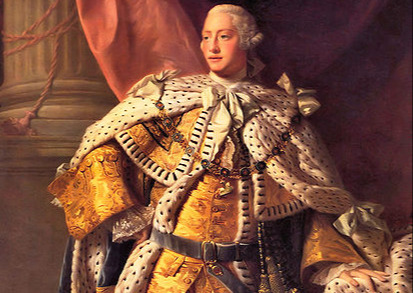1760–1850: The British & Canada

British rule brought the gradual introduction of British law and bureaucracy which lead to unrest throughout what had been New France – something much encouraged by the influential catholic clergy.
To quell worries and prevent an American-style rebellion, the British enacted the 1774 Quebec Act, which allowed the French language, civil code, seigneurial (land-distribution) system and religion. That all this was enshrined early on still plays a major part in defining today’s Quebec. The act also probably helped make locals sceptical about joining Benjamin Franklin and the American soldiers who briefly occupied the Montreal in 1775 (making Château Ramezay their HQ).
Quebec was then divided in 1791, with new province of Ontario being created in response to competing demands of anglophones and francophones. But Montreal was still an essential trading hub for both and growing steadily, so that by the 1800s development pressure was such that its city walls were demolished.